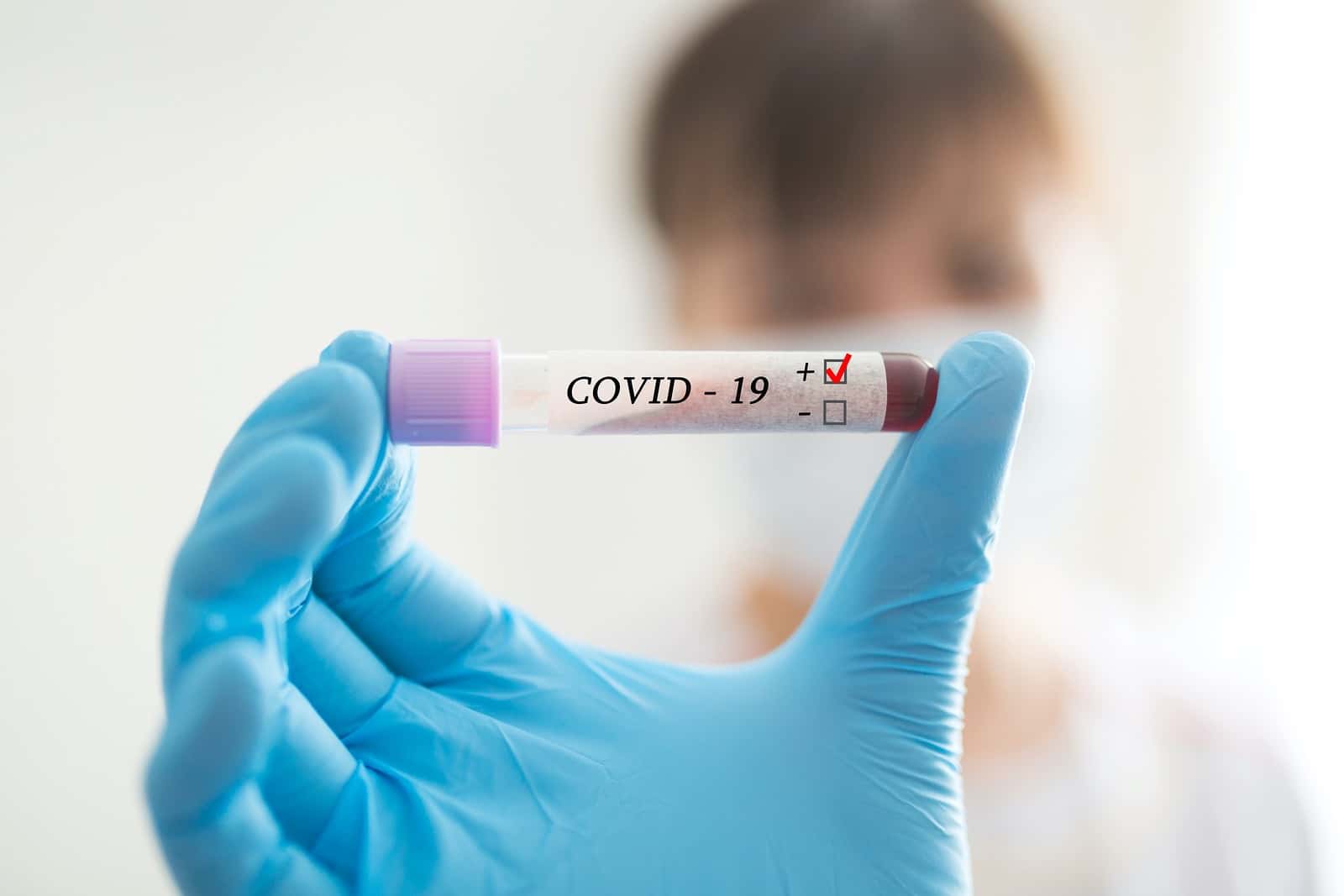
The first time anyone in the world heard about SARS-CoV-2, the virus that causes COVID-19, was late December, 2019. That’s when doctors in Wuhan, China, reported numerous patients had become ill with a disease that acted like SARS. But a fascinating report from Italian scientists strongly suggests that the virus was already circulating in Europe months before that. When did it reach Europe, and how do we know?
Study Shows Antibodies Earlier Than Expected:
Researchers at Italy’s National Cancer Institute in Milan produced these unexpected findings (Tumori Journal, Nov. 11, 2020). They used blood samples collected for a different purpose. Doctors analyzed samples from 959 asymptomatic individuals. These blood samples, taken between September 2019 and March 2020, were part of a lung cancer screening study.
When the researchers tested these samples for SARS-CoV-2 antibodies, they found a relatively high rate of positive results, 11.6 percent. In examining the positive samples, they traced more than half of them to the northern Italian region of Lombardy. That’s where COVID-19 hit especially hard last spring.
Surprisingly, some patients already carried antibodies to this virus by early September. They could have developed these only through viral exposure at least a few weeks prior to that. Consequently, we must conclude that the virus was able to reach Europe even before it was reported in China.
According to the investigators,
“Finding SARS-CoV-2 antibodies in asymptomatic people before the COVID-19 outbreak in Italy may reshape the history of pandemic.”
Not the First Sign That the Coronavirus Could Reach Europe in 2019:
Doctors diagnosed the first Italian patient known to have COVID-19 on February 20, 2020, in Codogno, a town near Milan. French researchers previously reported that a Parisian had antibodies in December, 2019. They do not know how he contracted the infection, since he had not traveled to China. In addition, he had not visited with people who had recently come from that country.
Citations
- Apolone G et al, "Unexpected detection of SARS-CoV-2 antibodies in the prepandemic period in Italy." Tumori Journal, Nov. 11, 2020. https://doi.org/10.1177/0300891620974755

